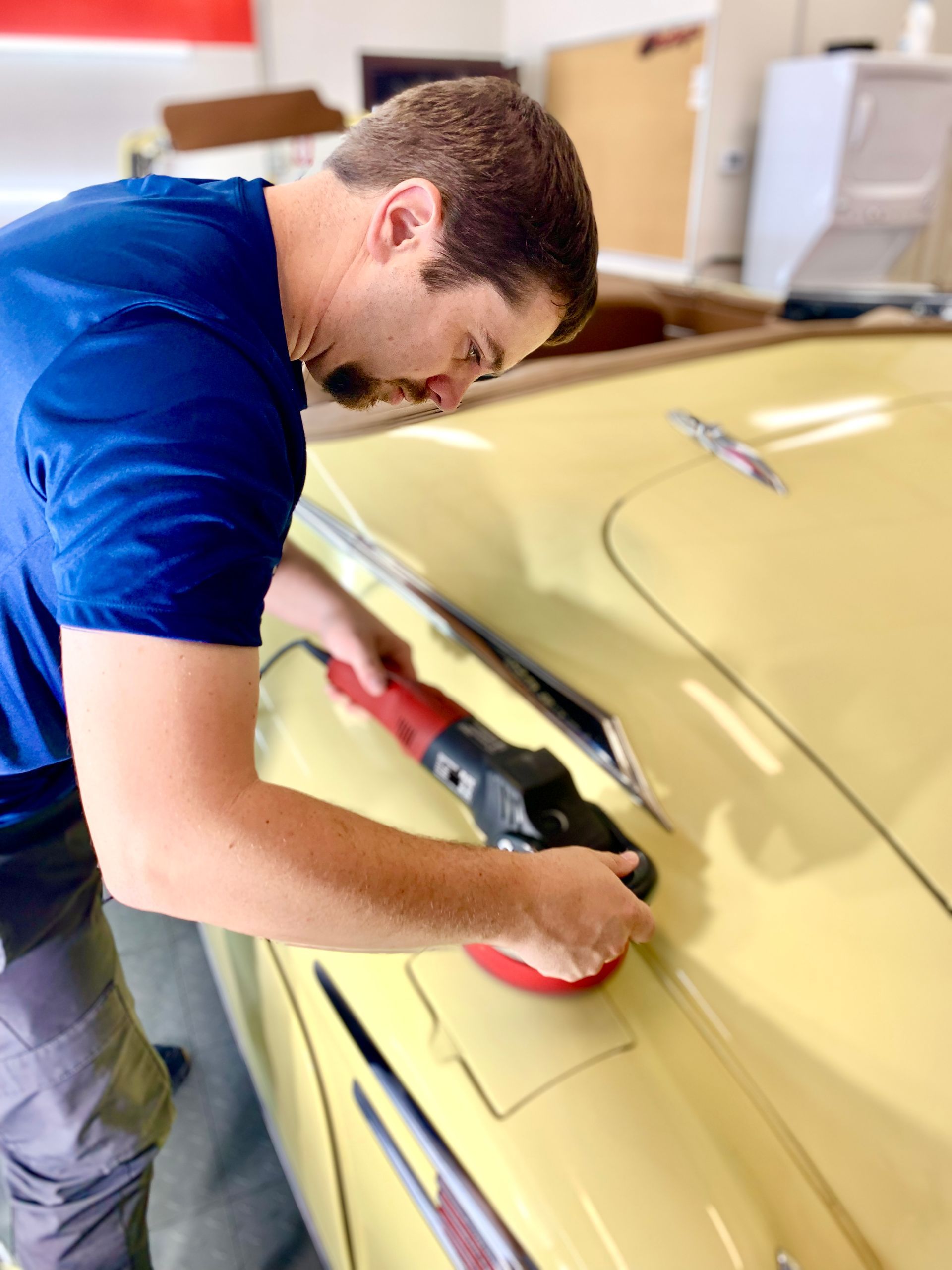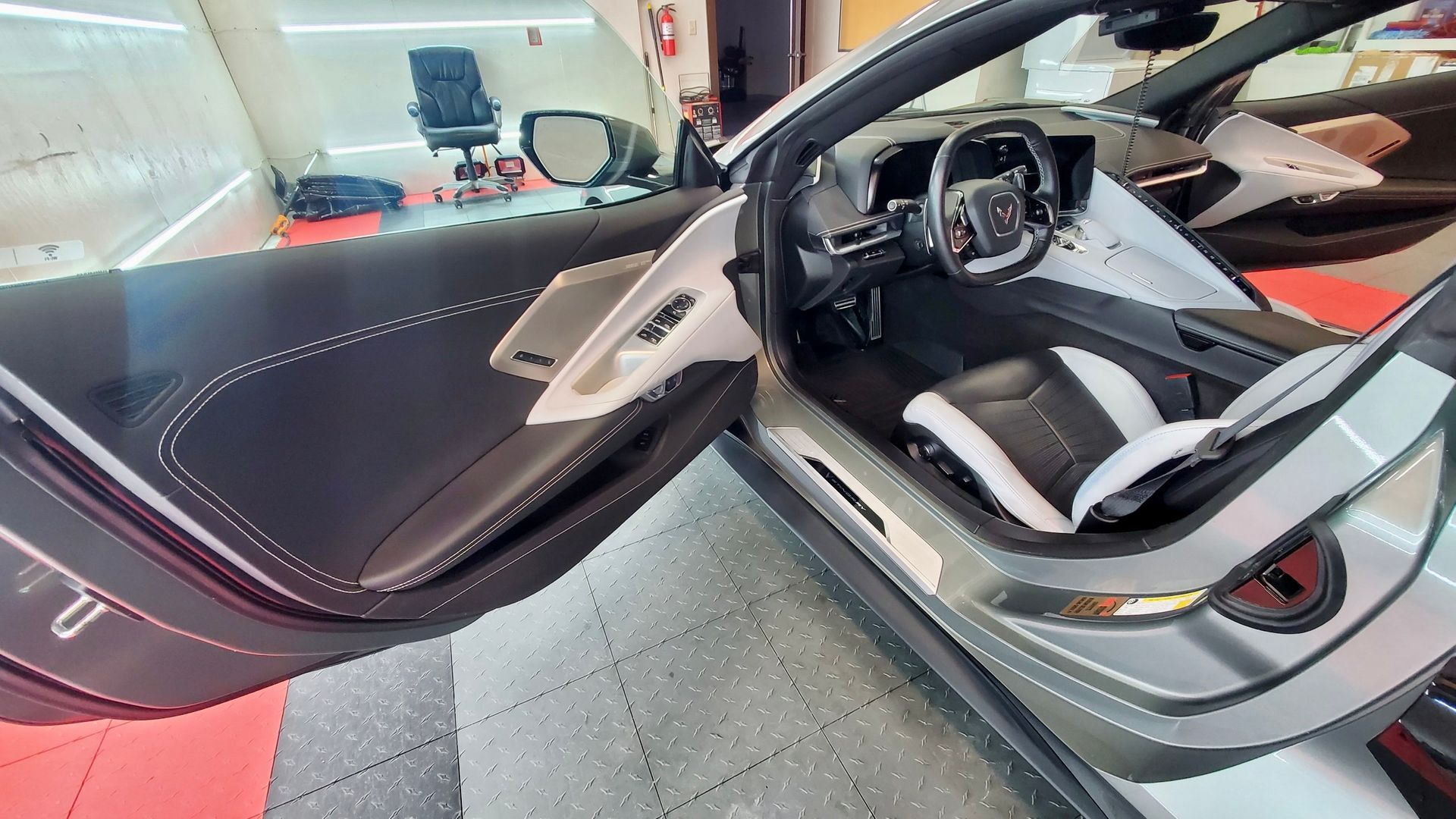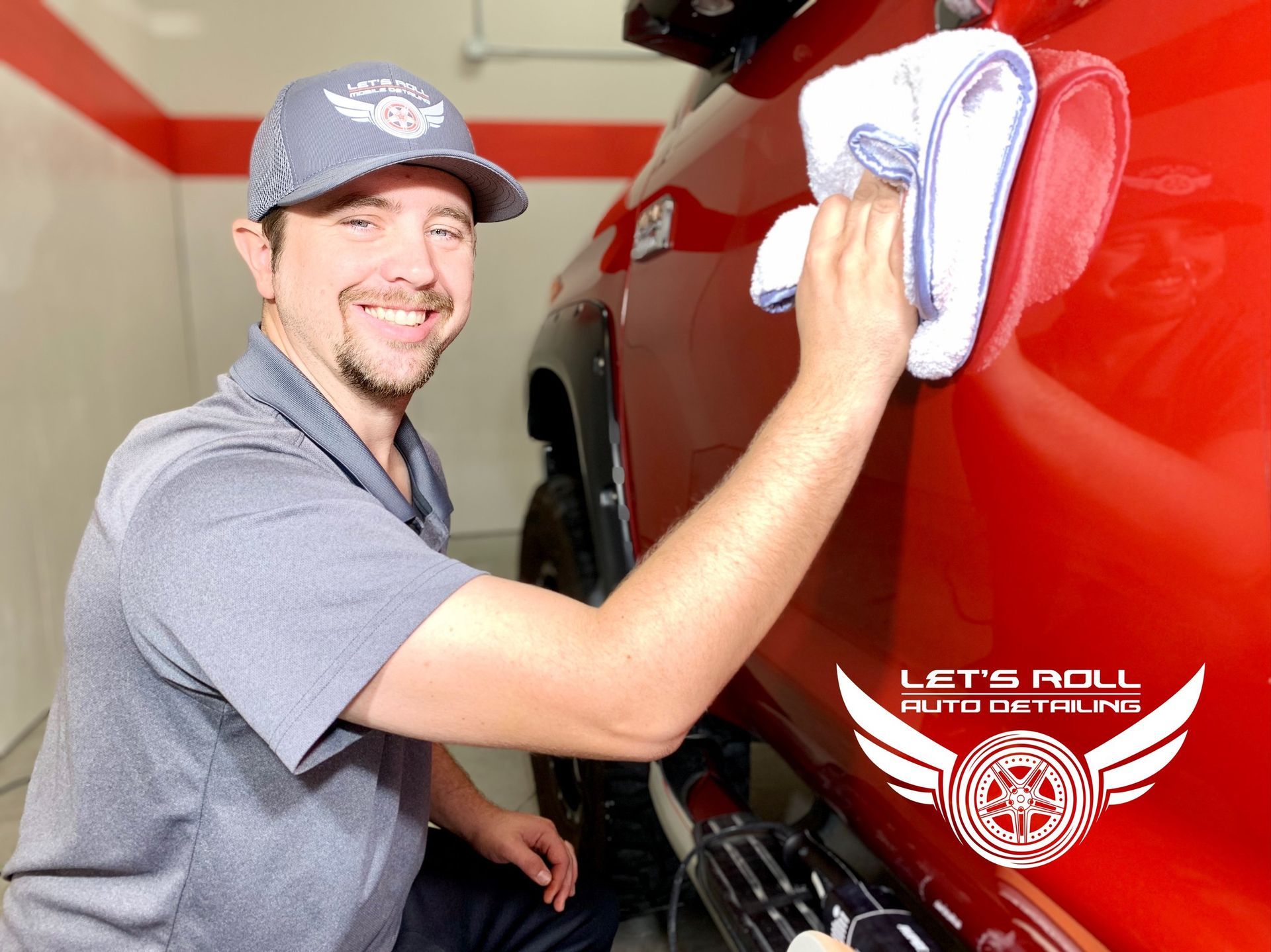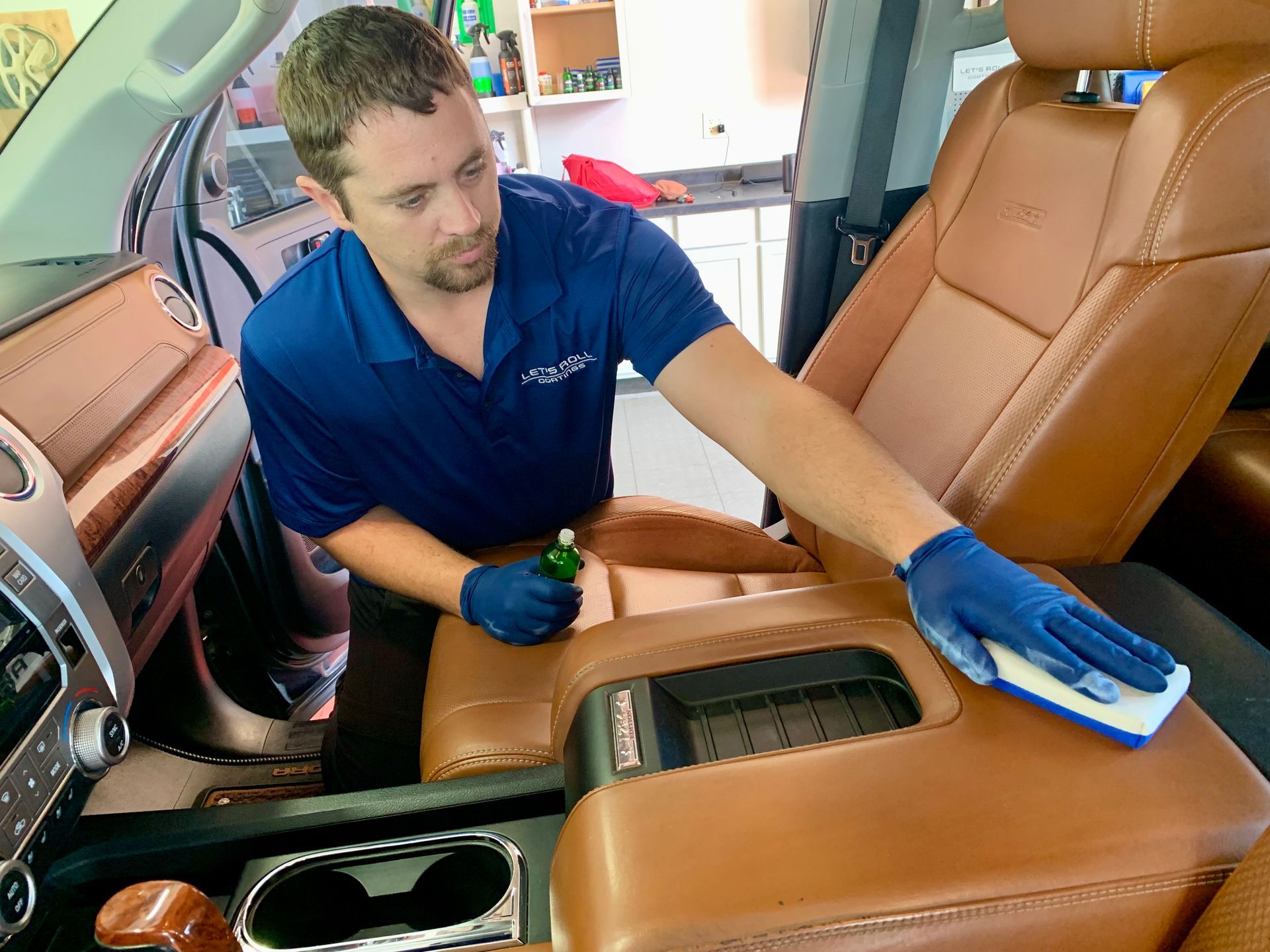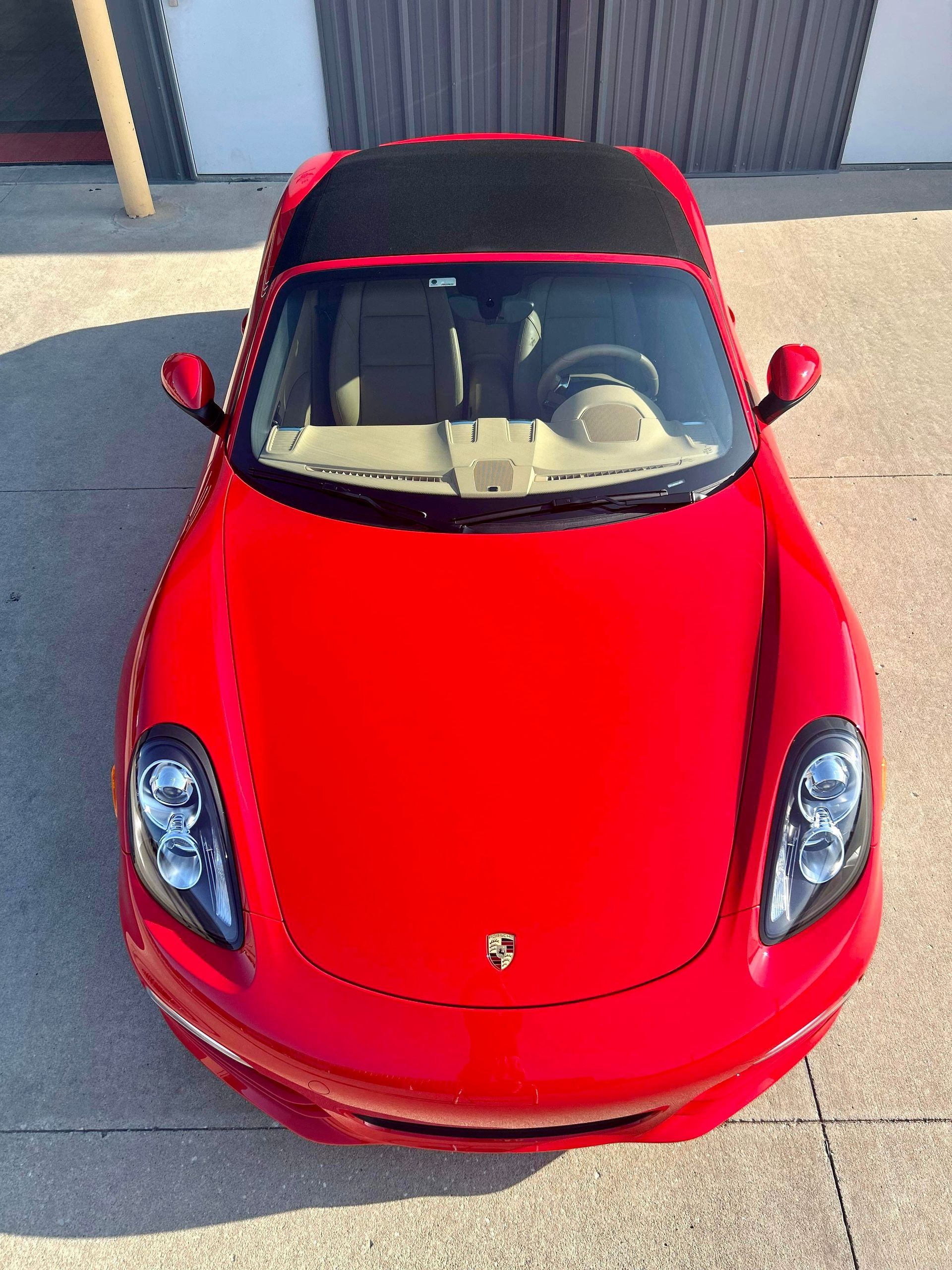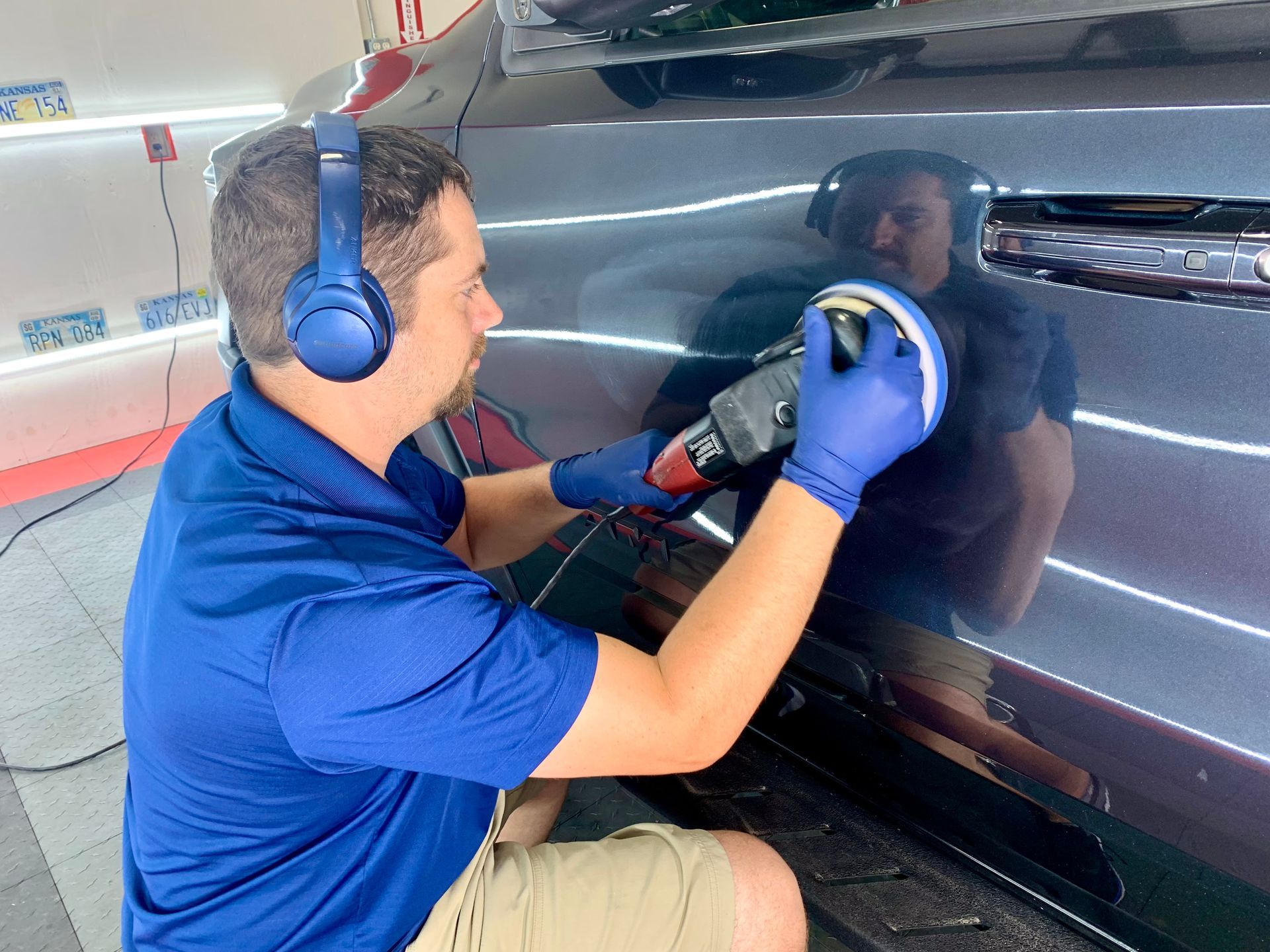By SEO Team
•
January 11, 2025
If you've ever looked at your car and wondered what happened to that fresh, glossy finish, you’re not alone. Over time, vehicles can develop a dull or scratched appearance due to factors like sun exposure, washing mistakes, and pesky contaminants. It’s easy to ignore these issues until your car looks more like a faded relic than a cherished ride. But here’s the good news: paint correction is here to help! This process not only restores shine but also protects your investment. Think of it as giving your car a new lease on life—revamping its aesthetic while preserving its value for years to come. Paint correction is a meticulous detailing process that removes imperfections from a vehicle's surface, such as swirl marks and scratches, through a multi-step approach. This involves thorough washing, inspection under specific lighting, compounding to address severe defects, polishing for refinement, and finally applying protective coatings to enhance and maintain the vehicle's appearance. Introduction to Paint Correction Paint correction is much more than just a cleaning process; it is an intricate art form that revitalizes your vehicle's surface. As you explore this engaging world, you'll discover how removing pesky imperfections can breathe new life into your car's appearance. Imagine standing next to your vehicle, seeing the deep reflective shine, and watching the colors pop as if they are brand new again. That's what paint correction achieves—it removes everything from swirl marks to light scratches, creating a flawless finish that feels like a rejuvenation for your car. Think of the process as meticulous rejuvenation rather than mere maintenance. It’s akin to giving your car a spa day; instead of treating skin, we focus on the vehicle's exterior. This procedure targets swirl marks from improper washing techniques and light scratches that accumulate over time. Oxidation, resulting from prolonged exposure to elements such as sun and rain, dulls vibrant color and shine. Water spots further mar the surface after each wash, and etching from bird droppings or bug splatter can ruin the beautiful finish you once admired. The reality is that these seemingly minor imperfections can affect not only the appearance of your vehicle but also its value. A well-corrected paint job doesn’t just look good; it preserves the integrity of your investment. When potential buyers see that flawless exterior, they are often willing to pay more because it reflects care and attention. The paint correction process itself involves several essential steps that contribute to achieving remarkable results. Each phase builds on the last, ensuring that your vehicle ends up looking absolutely pristine and protected against future damage. Essential Equipment and Tools To embark on a successful paint correction journey, selecting quality tools and products is paramount. Each piece of equipment serves a specific purpose, helping to ensure that not only are you addressing imperfections effectively but you're also protecting the integrity of your vehicle's finish. Among the most vital tools, a dual-action polisher stands out; it’s like the Swiss Army knife of detailing, offering versatility without the risk of damaging your paint. Investing in a reliable dual-action polisher can make all the difference in performing deep corrections while maintaining safety. Polisher Types: Many professionals gravitate toward dual-action polishers because they strike an excellent balance between efficiency and safety. Unlike rotary polishers, which can create heat and potentially burn through the paint if not used carefully, dual-action polishers work in two ways: rotating and oscillating. This combination allows them to distribute pressure evenly across the surface and reduces the risk of swirl marks or burn-throughs. Consequently, they're perfect for everyone, from beginners to seasoned detailers seeking consistent results without unnecessary risks. Polishing Pads: To maximize your results with a polisher, you’ll need various polishing pads tailored to different stages of correction. The cutting pads are designed for heavy corrections and are typically much coarser, making them ideal for removing deeper scratches or oxidation. Moving on to polishing pads—these are smoother and focus on refining the surface after using a cutting pad. Finally, finishing pads take your vehicle’s appearance to the next level by adding that glossy shine at the end of the process. Compounds and Polishes: In addition to your trusty polisher and pads, selecting quality compounds and polishes is essential. High-quality compounds are excellent choices due to their cutting power; they will swiftly tackle those stubborn surface imperfections. Once you've laid down some serious corrections with a compound, you'll transition to using polishes like Sonax Perfect Finish or 3D Speed. These products excel at refining the surface even further while enhancing glossiness, ultimately resulting in a stunning finish. Equipped with this essential toolkit, you're now ready to tackle the intricate processes involved in correcting your vehicle's paint finish effectively.

